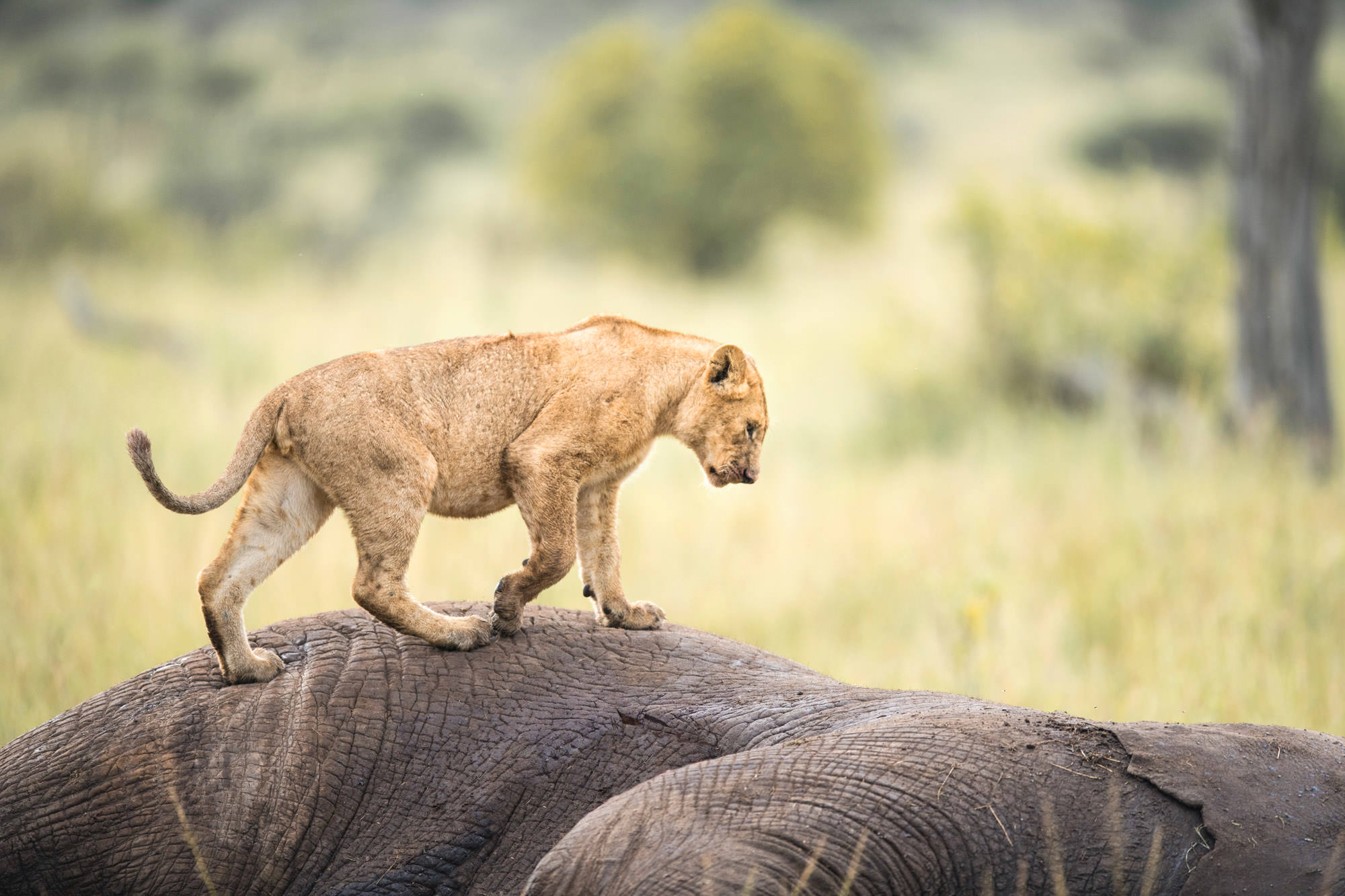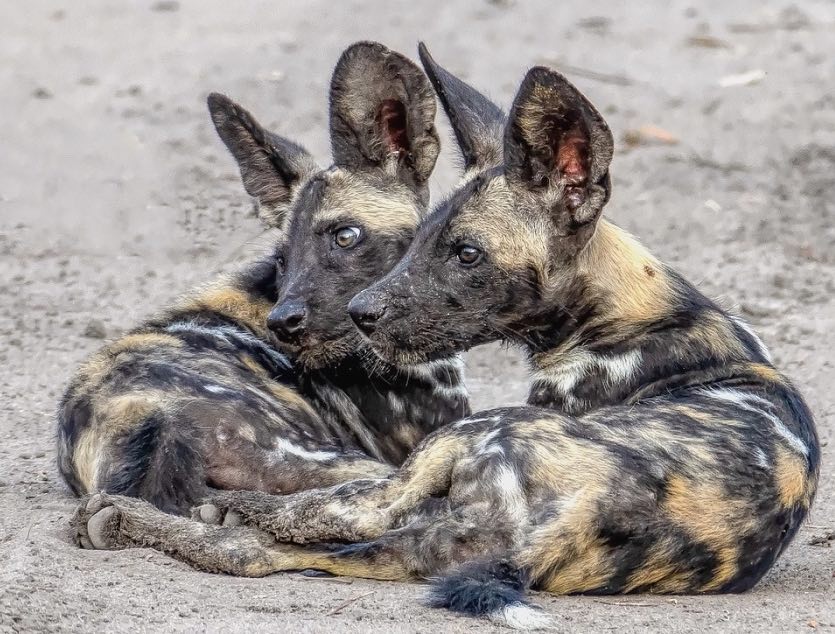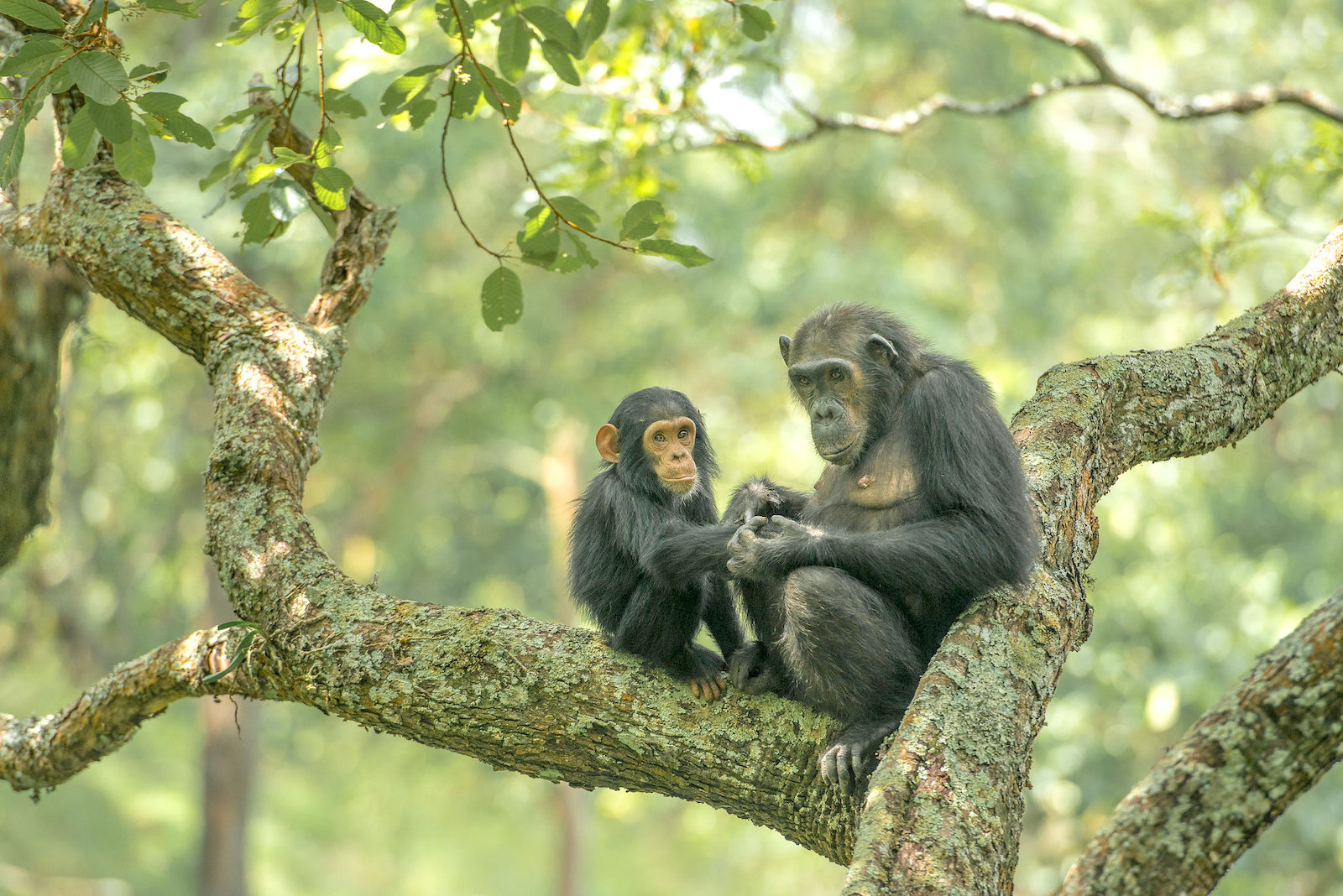Tanzania’s Northern Circuit is a popular and diverse travel destination that encompasses several remarkable attractions, including national parks, wildlife reserves, and cultural sites. This region is renowned for its stunning landscapes, abundant wildlife, and opportunities for adventure.
Northern Circuit
Destination
Overview
Area to Visit
Arusha National Park, Tarangire National Park, Lake Manyara National Park, Serengeti National Park and Ngorongoro Crater
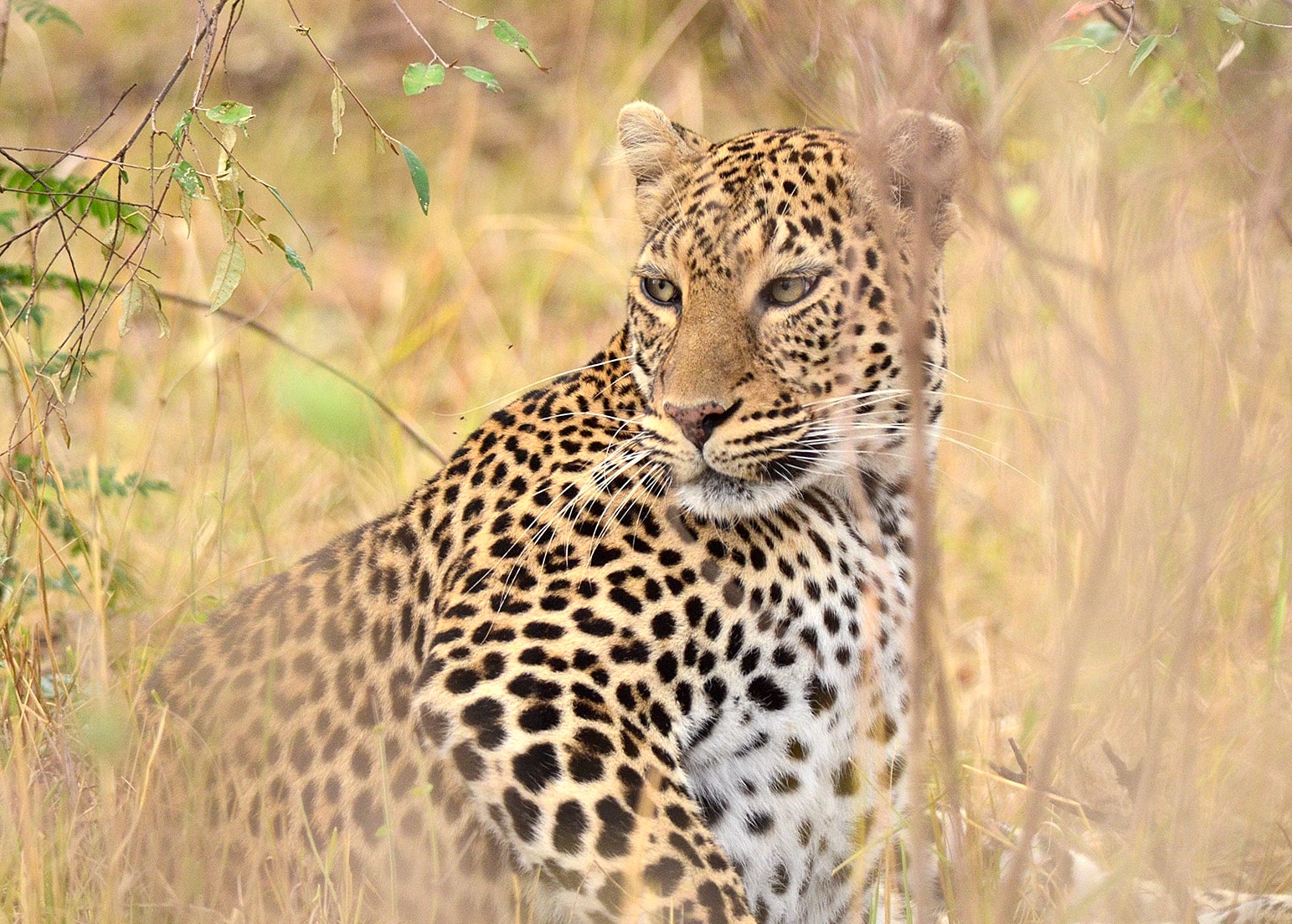
Destinations
Northern Tanzania
The closest national park to Arusha town – northern Tanzania’s safari capital – Arusha National Park is a multi-faceted jewel, often overlooked by safarigoers, despite offering the opportunity to explore a beguiling diversity of habitats within a few hours.
The entrance gate leads into shadowy montane forest inhabited by inquisitive blue monkeys and colourful turacos and trogons – the only place on the northern safari circuit where the acrobatic black-and-white colobus monkey is easily seen. In the midst of the forest stands the spectacular Ngurdoto Crater, whose steep, rocky cliffs enclose a wide marshy floor dotted with herds of buffalo and warthog.
Further north, rolling grassy hills enclose the tranquil beauty of the Momela Lakes, each one a different hue of green or blue. Their shallows sometimes tinged pink with thousands of flamingos, the lakes support a rich selection of resident and migrant waterfowl, and shaggy water-bucks display their large lyre-shaped horns on the watery fringes. Giraffes glide across the grassy hills, between grazing zebra herds, while pairs of wide-eyed dik-dik dart into scrubby bush like overgrown hares on spindly legs.
Although elephants are uncommon in Arusha National Park, and lions absent altogether, leopards and spotted hyenas may be seen slinking around in the early morning and late afternoon. It is also at dusk and dawn that the veil of cloud on the eastern horizon is most likely to clear, revealing the majestic snow-capped peaks of Kilimanjaro, only 50km (30 miles) distant.
But it is Kilimanjaro’s unassuming cousin, Mount Meru – the fifth highest in Africa at 4,566 MASL metres (14,990 feet) – that dominates the park’s horizon. Its peaks and eastern foot slopes protected within the national park, Meru offers unparalleled views of its famous neighbor, while also forming a rewarding hiking destination in its own right.
Passing first through wooded Savannah where buffalo’s and giraffes are frequently encountered, the ascent of Meru leads into forests aflame with red-hot pokers and dripping with Spanish moss, before reaching high open heath spiked with giant lobelias.Everlasting flowers cling to the alpine desert, as delicately-hoofed klipspringers mark the hike’s progress. Astride the craggy summit, Kilimanjaro stands unveiled, blushing in the sunrise.
Stretching for 50km along the base of the rusty-gold 600-metre high Rift Valley escarpment, Lake Manyara is a scenic gem, with a setting extolled by Ernest Hemingway as “the loveliest I had seen in Africa”.
The compact game-viewing circuit through Manyara offers a virtual microcosm of the Tanzanian safari experience. From the entrance gate, the road winds through an expanse of lush junglelike groundwater forest where hundred-strong baboon troops lounge nonchalantly along the roadside, blue monkeys scamper nimbly between the ancient mahogany trees, dainty bushbuck tread warily through the shadows, and outsized forest hornbills honk cacophonously in the high canopy.
Contrasting with the intimacy of the forest is the grassy floodplain and its expansive views eastward, across the alkaline lake, to the jagged blue volcanic peaks that rise from the endless Maasai Steppes. Large buffalo, wildebeest and zebra herds congregate on these grassy plains, as do giraffes – some so dark in coloration that they appear to be black from a distance.
Inland of the floodplain, a narrow belt of acacia woodland is the favoured haunt of Manyara’s legendary tree-climbing lions and impressively tusked elephants. Squadrons of banded mongoose dart between the acacias, while the diminutive Kirk’s dik-dik forages in their shade. Pairs of klipspringer are often seen silhouetted on the rocks above a field of searing hot springs that steams and bubbles adjacent to the lakeshore in the far south of the park.
Manyara provides the perfect introduction to Tanzania’s bird life. More than 400 species have been recorded, and even a first-time visitor to Africa might reasonably expect to observe 100 of these in one day. Highlights include thousands of pink-hued flamingos on their perpetual migration, as well as other large waterbirds such as pelicans, cormorants and storks.
Day after day of cloudless skies. The fierce sun sucks the moisture from the landscape, baking the earth a dusty red, the withered grass as brittle as straw. The Tarangire River has shriveled to a shadow of its wet season self. But it is choked with wildlife. Thirsty nomads have wandered hundreds of parched kilometres knowing that here,always, there is water.
Herds of up to 300 elephants scratch the dry river bed for underground streams, while migratory wildebeest, zebra, buffalo, impala, gazelle, hartebeest and eland crowd the shrinking lagoons. It’s the greatest concentration of wildlife outside the Serengeti ecosystem – a smorgasbord for predators – and the one place in Tanzania where dry-country antelope such as the stately fringe-eared oryx and peculiar long-necked gerenuk are regularly observed.
During the rainy season, the seasonal visitors scatter over a 20,000 sq km (12,500 sq miles) range until they exhaust the green plains and the river calls once more. But Tarangire’s mobs of elephant are easily encountered, wet or dry. The swamps, tinged green year round, are the focus for 550 bird varieties, the most breeding species in one habitat anywhere in the world.
On drier ground you find the Kori bustard, the heaviest world-flying bird; the stockingthighed ostrich, the world’s largest bird; and small parties of ground horn bills blustering like turkeys. More ardent bird-lovers might keep an eye open for screeching flocks of the dazzlingly colourful yellow-collared lovebird, and the somewhat drabber rufous-tailed weaver and ashy starling – all endemic to the dry Savannah of north-central Tanzania. Disused termite mounds are often frequented by colonies of the endearing dwarf mongoose, and pairs of red-and yellow barbet, which draw attention to themselves by their loud, clockwork-like duetting. Tarangire’s pythons climb trees, as do its lions and leopards, lounging in the branches where the fruit of the sausage tree disguises the twitch of a tail.
A million wildebeest… each one driven by the same ancient rhythm, fulfilling its instinctive role in the inescapable cycle of life: a frenzied three-week bout of territorial conquests and mating; survival of the fittest as 40km (25 mile) long columns plunge through crocodile infested waters on the annual exodus north; replenishing the species in a brief population explosion that produces more than 8,000 calves daily before the 1,000 km (600 mile) pilgrimage begins again.
Tanzania’s oldest and most popular national park, also a World Heritage Site and recently proclaimed a World Wide Wonder, the Serengeti is famed for its annual migration, when some six million hooves pound the open plains, as more than 200,000 zebra and 300,000 Thomson’s gazelle join the wildebeest’s trek for fresh grazing. Yet even when the migration is quiet, the Serengeti offers arguably the most scintillating game-viewing in Africa: great herds of buffalo, smaller groups of elephant and giraffe, and thousands upon thousands of eland, topi, kongoni, impala and Grant’s gazelle.
The spectacle of predator versus prey dominates Tanzania’s greatest park. Golden-maned lion prides feast on the abundance of plain grazers. Solitary leopards haunt the acacia trees lining the Seronera River, while a high density of cheetahs prowls the southeastern plains. Almost uniquely, all three African jackal species occur here, alongside the spotted hyena and a host of more elusive small predators, ranging from the insectivorous aardwolf to the beautiful serval cat.
But there is more to Serengeti than large mammals. Gaudy agama lizards and rock hyraxes scuffle around the surfaces of the park’s isolated granite kopjes. A full 100 varieties of dung beetle have been recorded, as have 500-plus bird species, ranging from the outsized ostrich and bizarre secretary bird of the open grassland, to the black eagles that soar effortlessly above the Lobo Hills.
As enduring as the game-viewing is the liberating sense of space that characterizes the Serengeti Plains, stretching across sunburnt savannah to a shimmering golden horizon at the end of the earth. Yet, after the rains, this golden expanse of grass is transformed into an endless green carpet flecked with wildflowers. And there are also wooded hills and towering termite mounds, rivers lined with fig trees and acacia woodland stained orange by dust. Popular the Serengeti might be, but it remains so vast that you may be the only human audience when a pride of lions masterminds a siege, focused unswervingly on its next meal.
The crater has been designated a UNESCO World Heritage Site due to its ecological significance and the coexistence of wildlife and the Maasai people. Speaking of the Maasai, they inhabit the surrounding highlands and live harmoniously with the wildlife, contributing to the area's unique cultural and environmental blend.
Visitors to the Ngorongoro Crater can embark on safari adventures, descending into the crater to witness its diverse landscapes, including grasslands, acacia trees, and the Lerai Forest. The enclosed nature of the crater provides an immersive safari experience, allowing for relatively easy and concentrated wildlife viewing.
In addition to its natural wonders, the Ngorongoro Conservation Area encompasses the Olduvai Gorge, an archaeological site of great importance. This gorge has yielded some of the earliest human fossils, offering insights into the evolution of early humans.
Overall, the Ngorongoro Crater stands as a remarkable destination, combining breathtaking scenery, rich biodiversity, and cultural significance, making it a must-visit for travelers seeking an unforgettable safari experience in Tanzania.
The area was proposed to be up graded into a National Park status so as to regain wildlife population and secure their land from other incompatible uses.
Mkomazi’ comes from Pare vernacular: one of the biggest tribes in the Kilimanjaro Region in Northern Tanzania, meaning ‘The source of water’. Indeed as the name befits, the only permanent and reliable source of water in Mkomazi National Park is the Umba River which also forms the boundary to the South – East of the protected area. The National Park was commissioned as a Game Reserve in 1951 following the degazettment of the much larger Ruvu Game Reserve. It was declared as a Game Reserve to preserve both flora and fauna and utilize them sustainably through tourism, game hunting and wildlife viewing.
Tourist attractions: Diversity of Fauna and Flora, the only protected area in Tanzania with large and visible population of Gerenuk.
Endangered species particularly Black Rhino and Wild dogs.
Large population of big and small mammals including Wild Cats, Silver Backed Jackals, Lions, Cheetah, Leopards, Lesser Kudu, Giraffes, Grant’s gazelle, Hyenas, Hartebeest, Warthogs, Buffaloes, Elephants and Zebra.
Reptiles; Crocodiles in Umba River, Python and Agama Lizards.
Birdlife; More than 450 Species of birds, including the Tawny Eagles, Go away birds, Ostriches, Parrots, Pelicans, Cormorants, Flamingos, Kingfishers, Plovers, Ducks, Hoopoes and more other species.
Scenic beauty of Landscape including Kilimanjaro, Eastern Arc Mountains (Pare and Usambara) and associated hills. Acacia commiphora woodland.
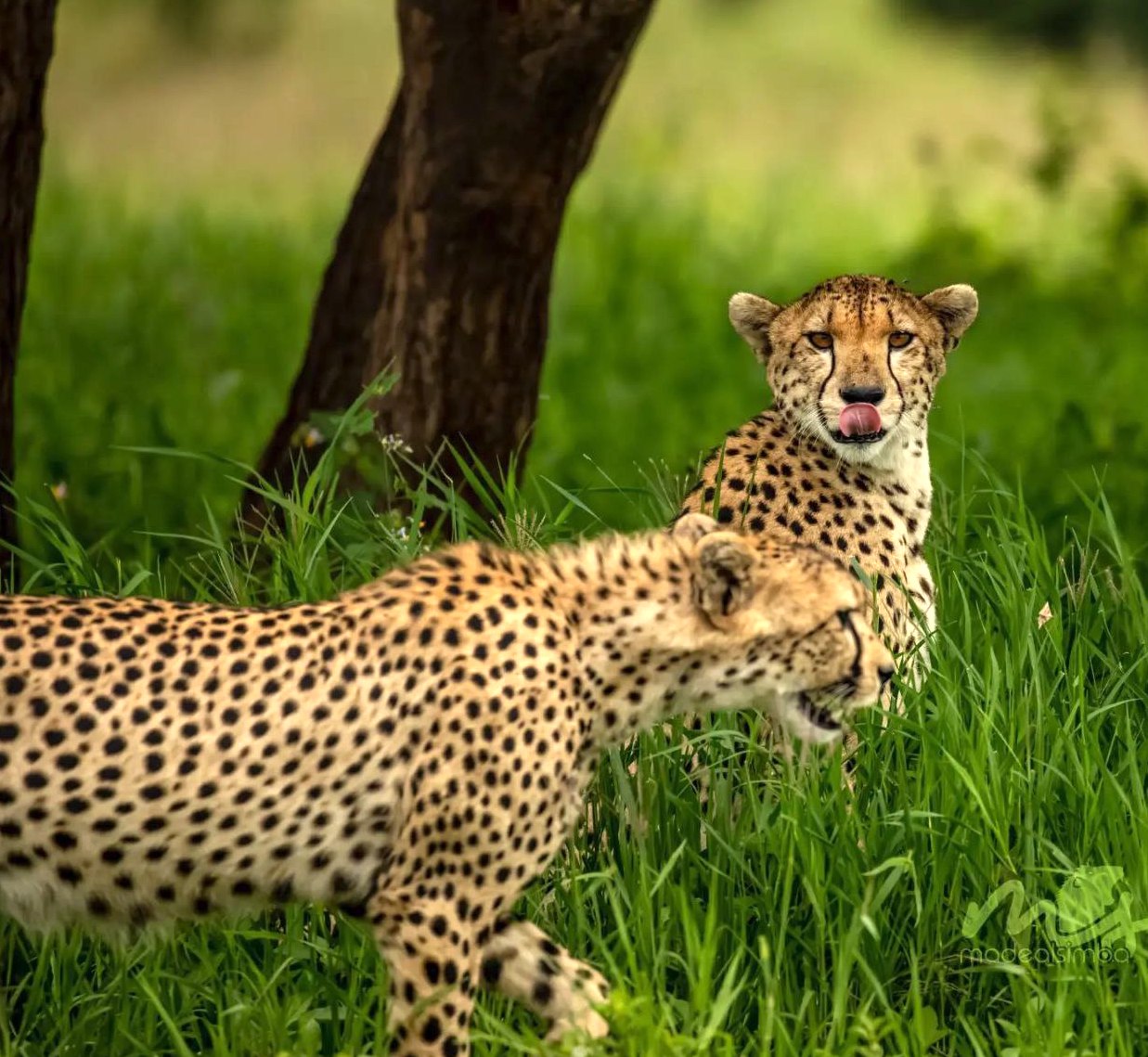
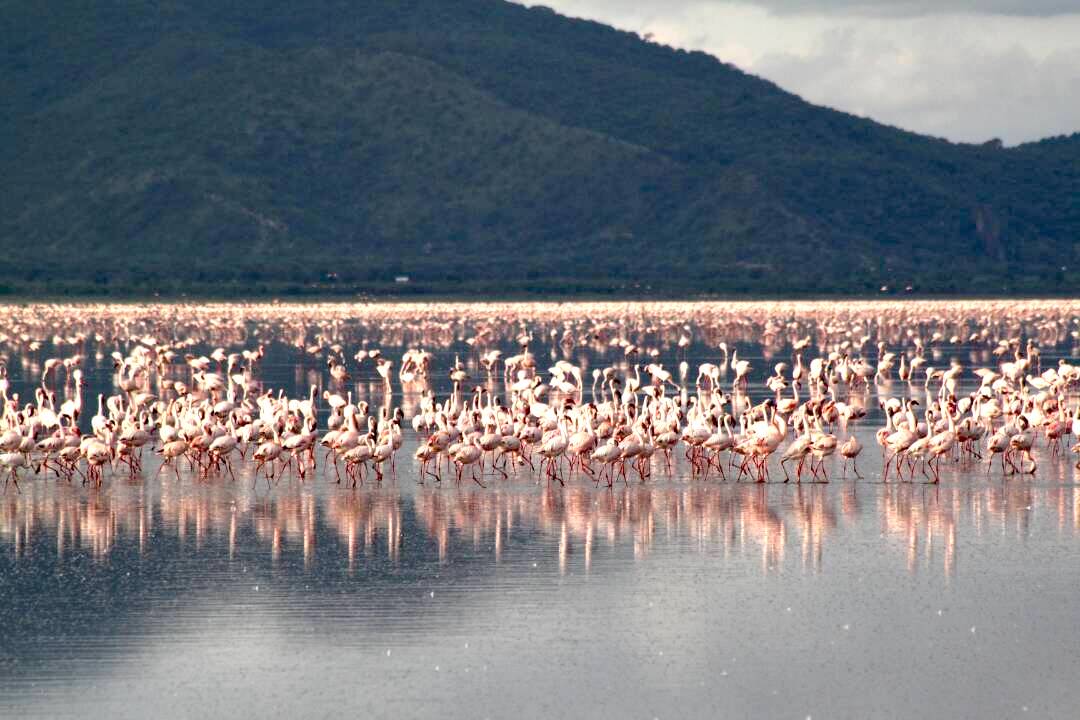
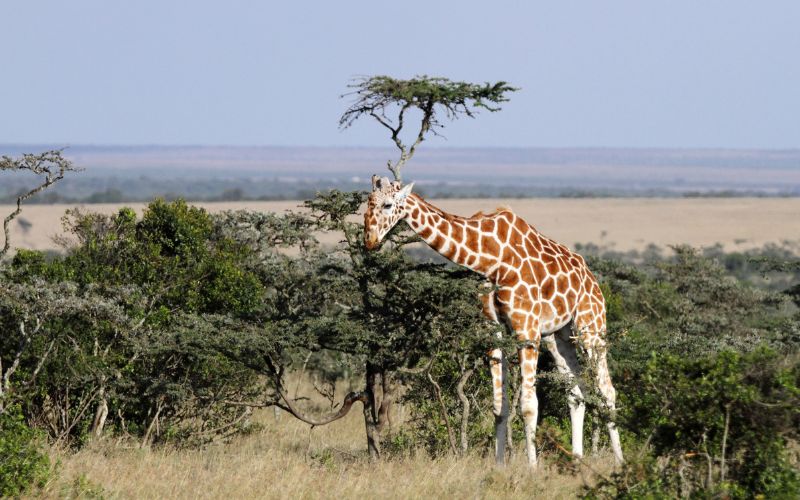
What Other Travelers Say
EXCELLENTVerified Perfect safari We were a group of 15 people visiting northern Tanzania, and we have booked two day safari to Tarangire and Ngorongoro with Dare 2 Travel. This was our best decision ! The service was WONDERFUL. Guides / drivers Martin, Simba and Levis were great, told us a lot, and most importantly - were taking safety as nr. 1. Everything exceeded our expectations. I suppose the fact that, at the end of the day, we were already leaving the park, but the driver took extra mile as has spotted a lion and we got one of the best photos, tells a lot. HIGHLY RECOMMEND. You must book through them.Verified Great two day safari ! We are so glad we followed the recommendation and used Dare 2 Travel ! We have booked a two day safari which was magnificent. The drivers / guides Simba, Martin and Levis were FANTASTIC. They were professional and most important - very safe drivers. We have received a lot of info and enjoyed every minute of the tour. We also booked a trip to Mataruni waterfall, and the hike was a great one too. Highly recommend !Verified They are the best Our two days safari, coffee tour and visit to Waterfall in Materuni with this company was perfect! Everything was planned out very well and the communication before/during the trip was really good. We stayed in wonderful accommodation during safari tour. They also help us to buy bus and ferry tickets for next destinations. Good job, dears!Verified A good traveling agency The trip was mostly amazing. Good organizing and communication overall, but there were 2 slightly stressful situations: hike staff (mandatory) tiping and hotel being unpaid in time. In the end,everything was ok though and we had a great time. Thank you.Verified Climbing the Kili via the Northern Circuit We had a great experience in succeeding to climb the Kilimanjaro with this organization. They organized a great and professional team for us and supported us all the way to the summit. We will never forget this adventure.Verified Killing the Kili In 2022 hebben we de Kilimanjaro beklommen via de reisorganisatie Better Places en Dare2Travel Consultants. Het was een hele bijzondere ervaring en heel goed verzorgt. De gidsen en porters waren professioneel en zorgen goed voor ons. We voelden ons zelfs VIP's op de berg. Mocht je de Kilimanjaro willen beklimmen, boek dan bij Dare2Travel. Dan weet je zeker dat je in goede handen bent en dat je de top gaat halen. Aanrader!Verified My adventurous climb of Mt. Kilimanjaro I woke up extremely joyful on the morning of 26th January 2022. I could only picture the adventures that were ahead of me for the next 8 days. The climb was awesome and enjoyable because the hospitality I received from the whole team, from day 1 was exceptional. These are people I got to meet for the first time but they turned out to be the best company which made my climb easy and very memorable. ???? Each one of them played their different roles in supporting me where the climb was tough, ensuring I eat and drink, cracked jocks and trust me, the laughter was one of the ingredients for my good health throughout. They also kept giving me hope and these words helped me a lot as I kept ascending to the top. The food was on point.???? Despite the changes in appetite due to high altitude, I still kept going as the food was suitable for the place. The consultants were also involved despite being on the ground. They kept checking on me through the team to ensure I am in good health and fit to proceed. Thanks Dar 2 Travel Consultants and team, we managed to summit Africa’s highest point on the morning of 01st February 2022 and it was wow. I recommend Dare 2 Travel Consultants because the services they give are just what one needs to accomplish such a lifetime adventure. ????Verified Excellent safari professional people served us with a big smile all the time . the safari was well organized and they were very attentive to all of our needs .the drivers were very kind and they had a lot of knowledge about everything . I highly recommend.Verified Good The consultants are very helpful to us to make my travel very smoothly.i'm thankful for their care and serviceVerified Very professional people! We had great support from Dare2Travel during our expedition to Mount Kenya, Kilimanjaro and Safaris. Good guides, good food, great experience. I’d highlight that owners were always in touch to manage any unexpected detail. Very easy to deal with them.

